The Ultimate Guide: How to Choose the Right Dog Breed for Your Lifestyle - 2023

The information below is solely for educational purposes.
Choosing the right dog breed is the most important decision you will make when deciding to become a dog owner.
It cannot be overstated how essential it is that you do your research when picking what dog breed you will welcome into your house and live with for the next 8-10+ years
Different dog breeds were bred for widely different reasons. Some were bred as companions, some were bred to hunt wild game and some are bred to herd sheep.
To ensure they live a fulfilling life and fit into their owner's lifestyle, dogs have distinct temperaments and needs.
One thing is for sure, never pick a dog based on it's looks without truly understanding the dog breeds temperament and needs!
Speaking from personal experience i have seen so many new dog owners who think a dog looks cute or cool and then decide to get one without realising that the breed they just purchased for their 2 bed apartment needs a minimum of 2 hours exercise per day to be calm and will be destructive if their needs are not met.
Remember as Upstate Canine Academy (not affiliated but big fans of them) say; 'there are no bad dogs!'.
It is your responsibility to make sure you get the right breed when getting a new dog and making sure you can meet their care requirements.
In this article we will go over all the factors you need to consider before picking your dog from size, exercise requirements, barking levels, temperament to the cost involved of maintaining the breed.
You can also use our dog breed finder which allows you to easily filter dogs based on your lifestyle preferences here.
Physical Characteristics
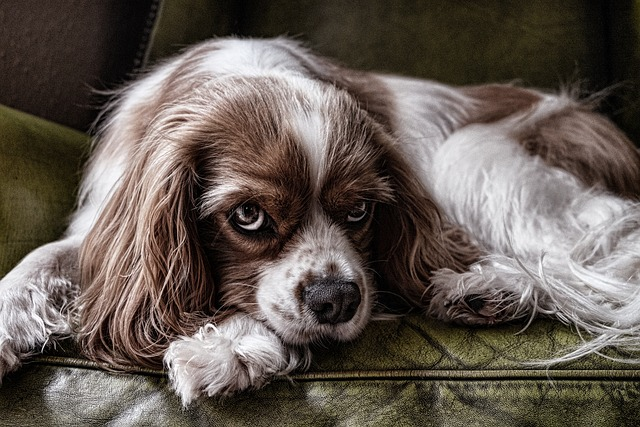
When it comes to choosing your first dog, physical characteristics are an important factor to consider.
Size, space needed, and exercise requirements all play a crucial role in determining the type of dog that would be a good fit for your lifestyle.
In this section, we'll take a closer look at these factors and help you figure out which type of dog is the right match for you
Physical characteristics for a purebred dog are generally roughly the same but do vary depending on the area they come from.
For example, i own a Doberman who is part American and part European heritage. This means that his weight is on the smaller side and he has a more slender appearance compared to full european Dobermans who can grow past 90 pounds easily.
A reputable dog breeder should be able to advise you on specifics of the dog breed you are interested in and the difference between varying lineages.
One thing to consider is mixed breed dogs can vary greatly in physical characteristics so for the purpose of this article we will just be speaking about purebred dog breeds so the information is more accurate.
With a mixed breed dog it is a lot harder to tell how big it will be when it is fully grown.
Size
Choosing the right dog breed is an exciting but overwhelming process, especially when it comes to deciding on the size of your future furry friend. It's important to consider your living space, lifestyle, and travel plans to ensure your dog fits comfortably into your home and routine.
Dogs can generally be classified into the following size categories:
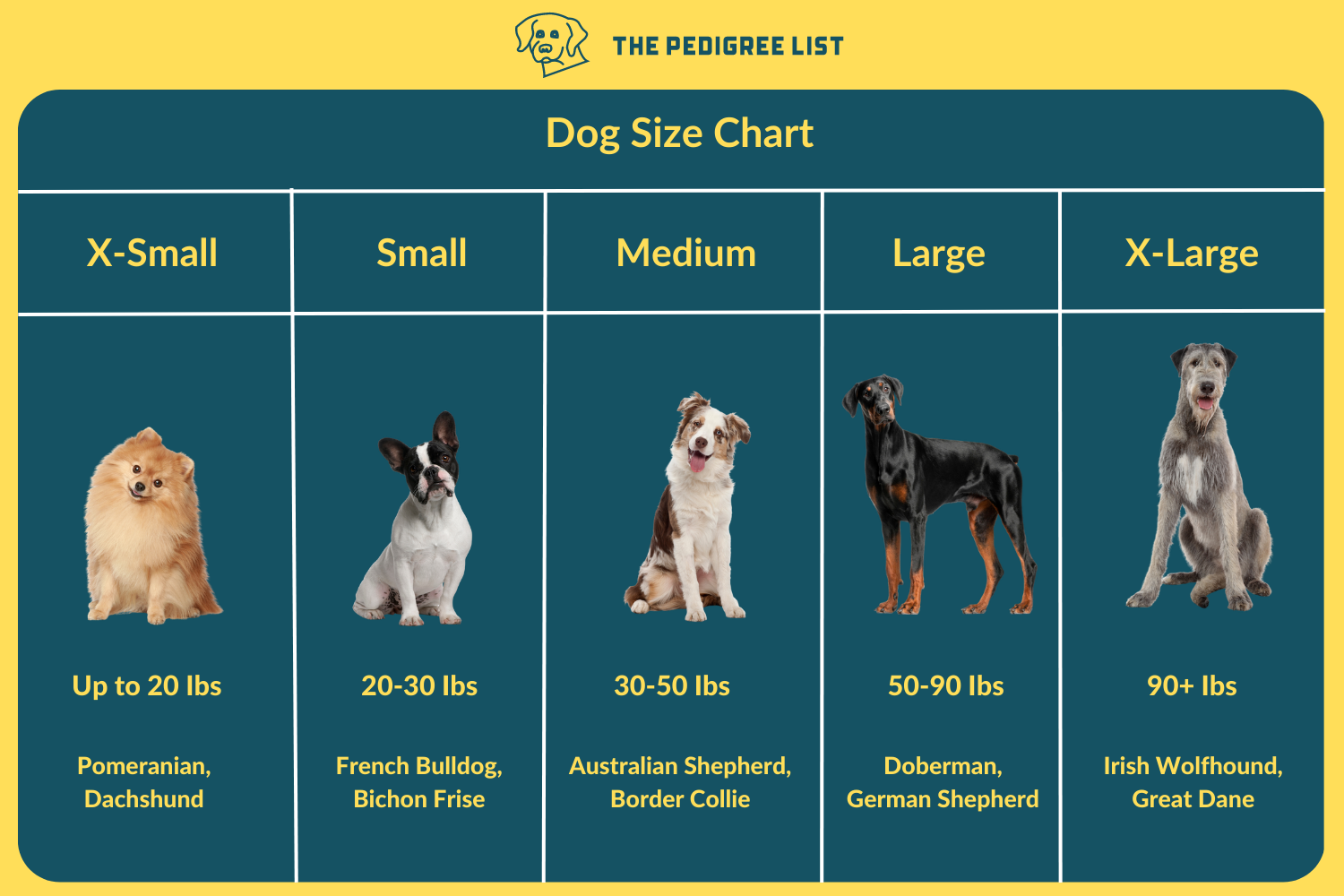
-
Toy: Typically weighing under 10 pounds and standing less than 12 inches tall at the shoulder.
-
Small: Weighing between 10-25 pounds and standing 12-16 inches tall at the shoulder.
-
Medium: Weighing between 25-50 pounds and standing 16-20 inches tall at the shoulder.
-
Large: Weighing between 50-100 pounds and standing 20-24 inches tall at the shoulder.
-
Giant: Weighing over 100 pounds and standing over 24 inches tall at the shoulder.
When looking at potential dog breeds to choose knowing the max size of the dog will help you choose one that will fit your living space and lifestyle more easily.
You can filter for different sized dogs easily on our free dog breed finder page.
Ask yourself some practical questions to determine the best size for your dog;
-
Do you have a big enough car?
-
Do you plan on taking your dog on public transportation?
-
How much space are you willing to share with your dog in your home?
The size of the dog will impact how much room it will take up if you want it on the sofa or bed with you.
If you live with your partner, have a 2 seater sofa and buy a great dane then 1 of you is sitting on the floor!
Other things to consider is that having a smaller dog will give you a lot more flexibility when moving about or even getting the dog looked after by a friend for a night.
It is WAY harder to find someone to look after a Great Dane than it is to look after a cockapoo. People are generally more comfortable with smaller dogs as they are easier to control.
If you go travelling then bringing the dog with you also becomes more challenging the larger your dog is.
Giant breeds wont fit in the back of small cars so you need to make sure you have the right setup to warrant getting a larger dog breed.
Finally, the larger the breed the higher the upkeep cost.
Dog food is more expensive, grooming costs more and takes longer and insurance can be more expensive too.
Again, if you have the means where this isn't a problem then it's ok but bare this in mind when looking at a large dogs.
Space Needed
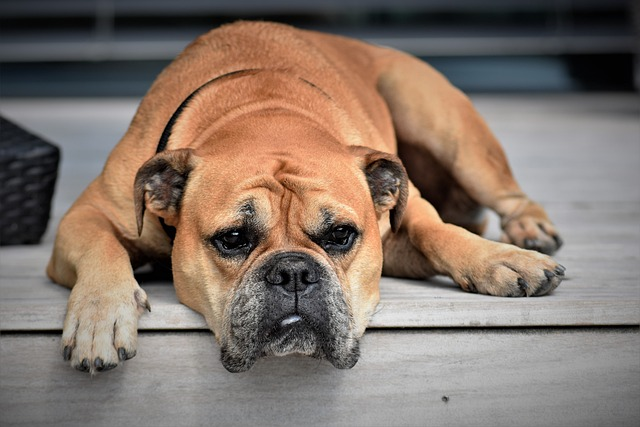
Now for space needed this isn't necessary correlated to the size of the dog.
Some giant dog breeds are quite lazy so even if you have a massive back yard they wont be running around in it anyway.
They would rather find a nice cozy spot to have a nap in (English Mastiffs i'm looking at you)
Saying, that you need to feel comfortable sharing your living space with the right size dog breed so that you dont feel it's getting in the way.
If you are crate training or using a dog bed consider where this will go in your home and if it will fit without getting in the way with a larger dog.
Small dogs are a lot easier to fit into a small apartment as their bed, crate and toys are smaller so easy to pack away.
A more important factor to consider in my opinion is the exercise requirements of the pedigree breed.
Exercise Requirements
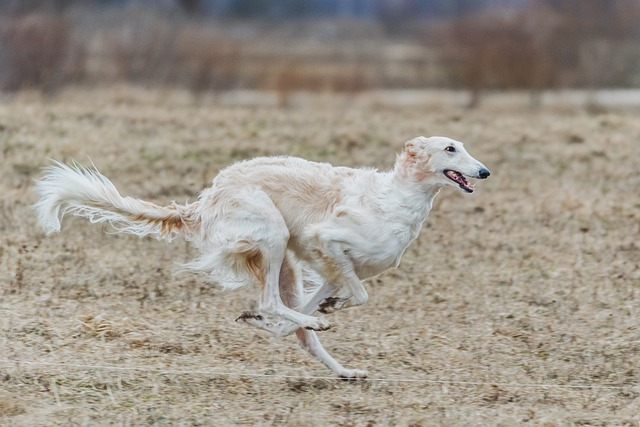
It goes without saying that some dogs have a lot more energy than others and then on top of that choosing between a working line or show dog line can exacerbate this even further.
Working line dogs will generally have the highest exercise requirements as they have been specifically bred to work on a specific task whether that is personal protection, sheep herding or finding rats in barns.
Make sure you find out from your breeder before getting a new puppy if it comes from a working line or a show/family line. It will make a massive difference!
When considering the best dog for you, you need to be honest with how much time you are willing to give to exercising your dog.
Certain breeds will need to be walked (+ mentally stimulated) for a minimum of 2 hours each day.
If you are working 9-5 and then have to commute 1 hour each way + have a baby on the way + have other hobbies then you may find having a high energy breed stressful to meet it's needs.
Some people like the idea of going for long hikes with their adult dogs but if this is only 1 time per month and the rest of the time you only have 2 hours free each day then getting a super high energy dog might not be the right choice for your lifestyle.
Dont worry though there are plenty of dogs that have enough energy to go on long walks or hikes but also only need an hour or 1.5 hours to be walked.
You can filter for this by using the exercise requirements filter and selecting 'high' on the dog breed selector here.
Lifestyle Considerations

Lifestyles that would be great for a specific dog breed:
Some dog breeds fit different lifestyles.
If you have a busy social life, are at work during the day and dont have much spare time to look after your dog then a lower energy or laid back breed would fit you better.
Every dog requires regular exercise but some dogs can need a lot more.
If you have an active lifestyle where you are regularly outdoors or going for long runs/hikes then a higher energy dog breed will fit you better as you can provide it with the daily exercise it needs.
Just make sure that you get the right breed that fits your general lifestyle and not a lifestyle you only partake in occasionally.
Temperament
Dog breeds have temperaments that usually originate from what they were originally bred for, their lineage, if they are working or show dog and what their parents were like.
If they had nice stable and relaxed parents then this generally passes over to the puppies.
However, this doesn't mean just because the parents were well behaved or relaxed that your new puppy will be. You will still need to put in the training needed.
Dogs bred for specific purposes will share similar characteristics too.
For example, a Cane Corso is incredibly protective, good with family members and aloof with strangers.
This isn't a surprise considering it was originally bred as a personal protection dog.
A Border collie will be super high energy as they were originally bred to be in the fields all day herding sheep.
As this was their original purpose if they aren't given the right amount of exercise they can try and herd small children too!
On the other hand some dogs are now so far removed from their original purpose that they dont share any traits with the original dog breed.
For example the English Bulldog was originally bred to fight bulls in England however, now they are a very placid and easy going breed that loves nothing more than lazing about the house.
On the dog breed finder page, you have the option to filter by temperament and choose the ones that match your preferences.
Cost of Ownership
This is a big one as dogs are generally expensive to keep month to month. Between food, insurance, constantly replacing toys, vet bills etc they can get expensive fast.
The cost to own a dog can vary widely.
Unfortunately, it's impossible to give an accurate figure on how much it costs per specific breed as some people might feed their dogs high quality steaks every day instead of kibble.
Different quality of foods aside, there are certain costs that definitely do go up depending on the breed.
Certain breeds are more prone to health issues than others and this will push up your insurance and vet bills.
Make sure you a fully aware of all the health problems certain breeds are prone to before getting one or be prepared to budget for expensive insurance as otherwise regular vet visits can become extremely expensive.
Other factors that generally impact cost is the size of the dog.
The bigger the dog the more food it will need to eat each day which can increase dogs.
To research the average costs of a particular dog breed, our dog breed finder app is a great resource.
You can view the average costs entered by other dog owners, but keep in mind that these may vary based on factors like the quality of food, grooming needs, and how much they spoil their pets!
Coat and Allergies
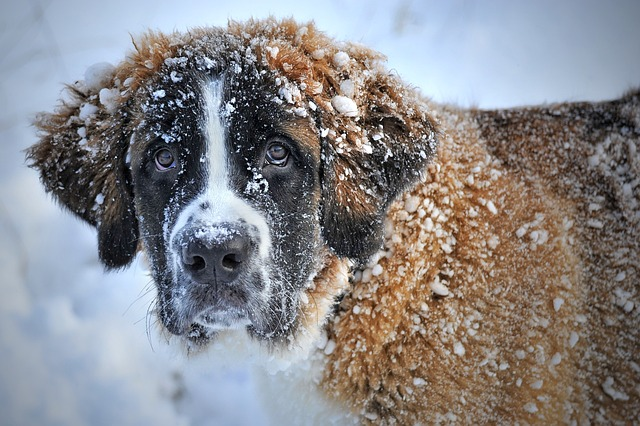
Hypoallergenic Dogs
Choosing a hypoallergenic dog is not just for people with allergies.
It's also for people who don't want to deal with cleaning up dog hair off their sofas and floors each day!
Hypoallergenic dogs are a lot easier to maintain than non hypoallergic dogs as they shed far less which means less cleaning.
If you do have allergies then getting a hypoallergenic dog will definitely help reduce symptoms but just because a dog is labelled 'hypoallergenic' doesn't actually mean that they dont moult at all.
It just means they moult a lot less than non-hypoallergenic breeds.
You can filter for hypoallergenic dogs on the dog breed finder page.
Shedding Level
Shedding levels determine the amount that your dog can shed.
They generally range between Hypoallergenic (minimal shedding), low shedding, medium shedding and heavy shedding.
Before choosing a dog breed make sure you are ok with the amount of shedding they can produce as some breeds can be extremely high.
For example a golden retriever sheds a lot more than a short haired Vizsla and it will mean that you will need to be hoovering daily if not more if you want your home to not show it!
Other breeds that shed a lot are Huskies or Japanese Akitas which will need bi weekly brushing if you want to keep your home fur free (basically impossible with these breeds).
Check out how much this Japanese Akita sheds each week here:
If you're house proud then getting a long haired, high shedding dog might not be the best idea as their fur will literally be everywhere!
You can use the shedding level filter when looking for dog breeds on the dog breed finder page.
Coat Type
There are 6 main types of of dog hair across most breeds. Some are a lot easier to care for and maintain than others.
Choosing a dog breed with the right coat type comes down to a few factors namely, what preference you have for the look of the dog you want to own and how much time you have to spend on grooming or cleaning.
Generally, the longer the hair the more maintenance it will will need and the more you will notice it when your dog moults around the house.
Here are the 6 types of dog hair you can choose from:
-
Short hair: This type of coat is low maintenance and easy to care for. It is common in breeds like the Beagle, Boxer & the Doberman. Just because it is short doesn't mean you wont notice it around the house or on your clothes.
-
Long hair: Long hair can be beautiful, but it requires a lot of maintenance. Breeds with long hair include the Shih Tzu, Yorkshire Terrier, and Afghan Hound.
-
Double coat: This type of coat is thick and insulating, making it ideal for colder climates. Breeds with double coats include the Husky, Golden Retriever, and Chow Chow. Double coat hair generally moults A LOT!
-
Wire hair: This type of coat is rough and wiry to the touch. It is common in breeds like the Terrier and Dachshund.
-
Curly hair: Curly hair can be a bit more difficult to maintain, but it is also hypoallergenic which means you will notice far less fur around the house or on your clothes after a cuddle. Breeds with curly hair include the Poodle and Bichon Frise.
-
No hair: Some breeds, like the Chinese Crested, have no hair at all. Although they dont moult they will need special care to protect their skin.
When choosing a dog breed, it's important to consider the maintenance required for their coat type.
Some may need regular grooming and trimming, while others may shed a lot and require more cleaning up around the house.
You can filter for dogs with low shedding or high shedding levels on the dog breed finder page.
It's also important to note that just because a dog has short hair doesn't mean it won't shed.
I personally own a Doberman which is a short hair breed and if we don't vacuum for 3-4 days, you can really start to see his fur build up on all the sideboards.
So, take my personal experience into account when making your decision.
Health Considerations
Common Health Problems
Unfortunately, due to overbreeding for specific characteristics some breeds have more health problems than others.
It's important you understand the risks when getting a pedigree breed and making sure you buy from a reputable breeder who has done full health checks to limit the chances your new pup has inherited certain conditions.
Pedigree breeds are more susceptible to developing health problems as sometimes their family lineage can be too closely related due to inbreeding.
Generally, larger breeds like Mastiffs and Great Danes can be prone to joint problems while small breeds like the Chihuahua and Yorkshire Terrier may be prone to dental issues.
Popular breeds with flat faces, such as the English Bulldog and French Bulldog, may have breathing difficulties due to their narrow airways or can be prone to skin conditions due to the wrinkles on their faces.
I have a friend who owns a lovely English Bulldog who has had way more health problems than my dog already (skin irritations, eyelid infections etc.).
Additionally, some breeds may be predisposed to certain genetic disorders, such as hip dysplasia in German Shepherds and heart disease in Cavalier King Charles Spaniels.
If you pick a breed that is more prone to health problems then be prepared to pay significantly more for vet visits and insurance.
You can filter for breeds with health issues on the dog breed finder page.
Drool Level
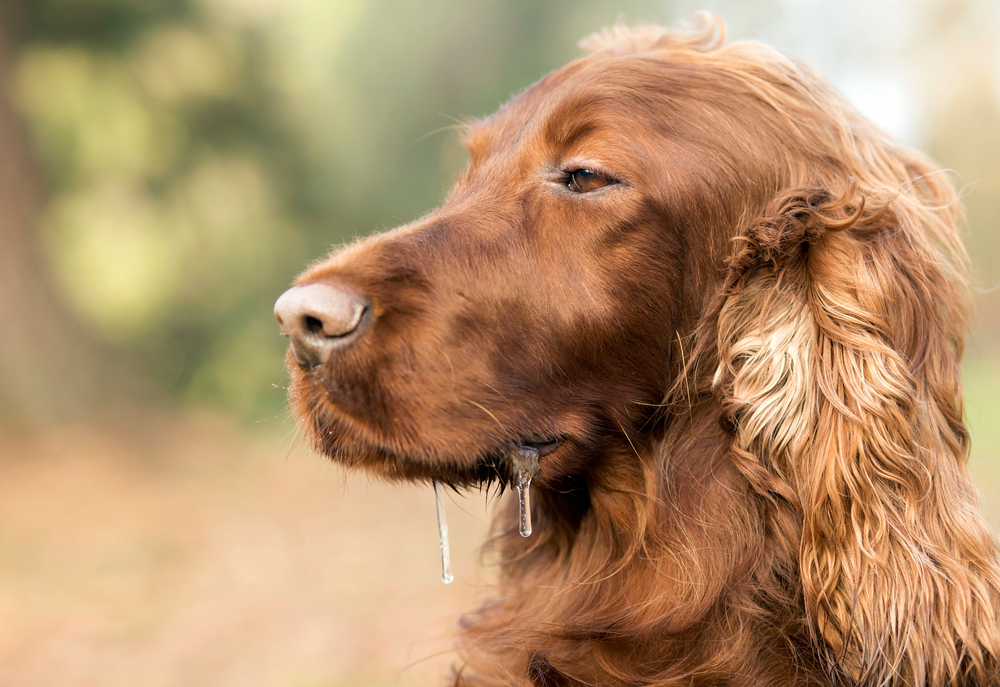
Are you ok with mopping drool of your ceiling every day or carrying around a handkerchief to wipe your dogs mouth if they are on the sofa with you?
Some breeds constantly drool like the Newfoundland or Neapolitan Mastiff due to the shape of their droopy mouths.
As a result they drool A LOT which if you're not expecting it and like having a clean and tidy house can become quite tedious and disgusting to constantly clean up after.
You can filter for breeds that drool a lot on the dog breed finder page.
Training and Experience

Experience Required
Some dog breeds are not suitable for 1st time owners generally due to being harder to train than other dog breeds, specific care requirements or high mental stimulation needs that a 1st time owner might not know how to deal with properly.
However, although certain dog breeds are generally not recommended for 99% of 1st time owners if you willing to put in the hours and the training you can still be ok getting a dog for more experienced owners but be prepared to spend some money on high quality training so you dont end up getting stressed out by the experience.
I fall into this category myself as my first dog was a Doberman and looking back i probably would have saved myself and my partner a lot of stress by getting a more relaxed dog that was easier to handle.
However, we persevered, watching 100s of training videos and paid a lot of money to get in person dog training which really helped.
If we hadn't have done this then it would have been a nightmare as we just wouldn't know what to do when he was misbehaving or testing our boundaries.
You can see all the dog breeds suitable for 1st time owners here.
Trainability
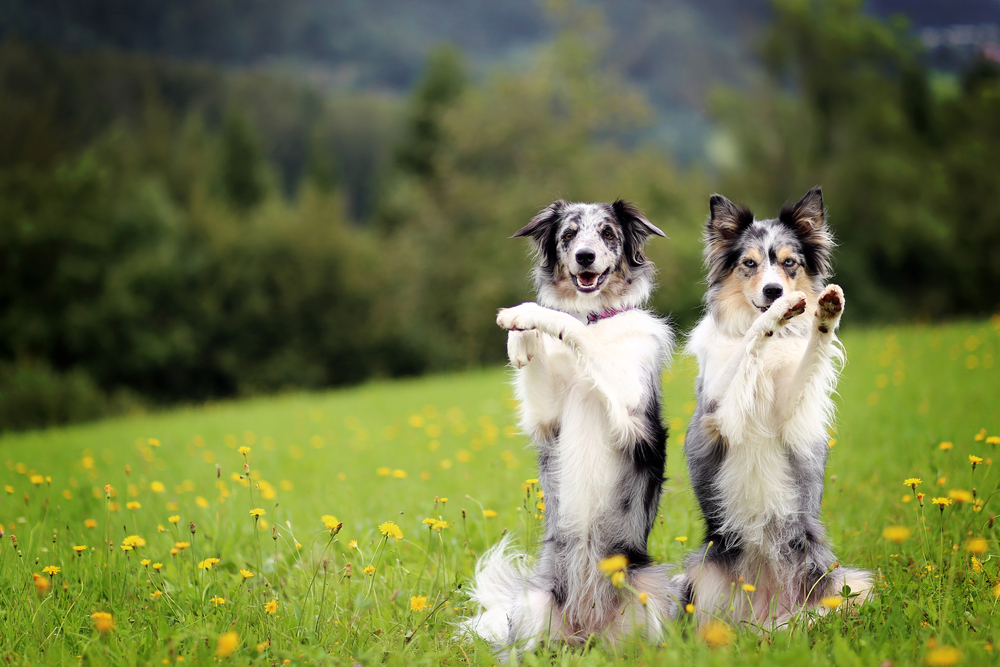
Different dog breeds have varying levels of trainability, which can make a significant difference in the dog's behavior and how well it responds to training.
Some breeds, such as the Border Collie, Golden Retriever, and Labrador Retriever, are known for being highly trainable and intelligent, making them great choices for working and obedience training.
However there are also breeds like the Belgian Malinois that are super smart and trainable but as they have such a high exercise and mental stimulation requirements just aren't suitable for the majority of people.
On the other hand, breeds like the Afghan Hound and Basenji can be more challenging to train due to their independent and stubborn personalities.
This is why they aren't recommended for 1st time owners.
It's important to consider a breed's trainability when choosing a dog, as well as your own experience and commitment to training.
With patience and consistency, most dogs can be trained to some degree, but some breeds may require more effort and expertise.
Intelligence
Dogs vary greatly in intelligence, and some breeds are known for being particularly clever.
Highly intelligent breeds, such as Border Collies and Poodles, are generally easier to train and can learn a wide range of commands and tasks.
They are also able to pick up new skills quickly and excel in obedience and agility training.
Here's an example of one of the smartest dog breeds in the world; The Border Collie who has learnt over 1000+ words!
On the other hand, some breeds are less intelligent or more independent, making them harder to train like the English Bulldog.
These breeds may require more patience and consistency in training, but with the right approach and dedication, they can still be well-behaved and obedient pets.
One thing to bare in mind is that the more intelligent a dog the more they will need to be mentally stimulated otherwise they can get bored and destructive.
Purpose and Activities
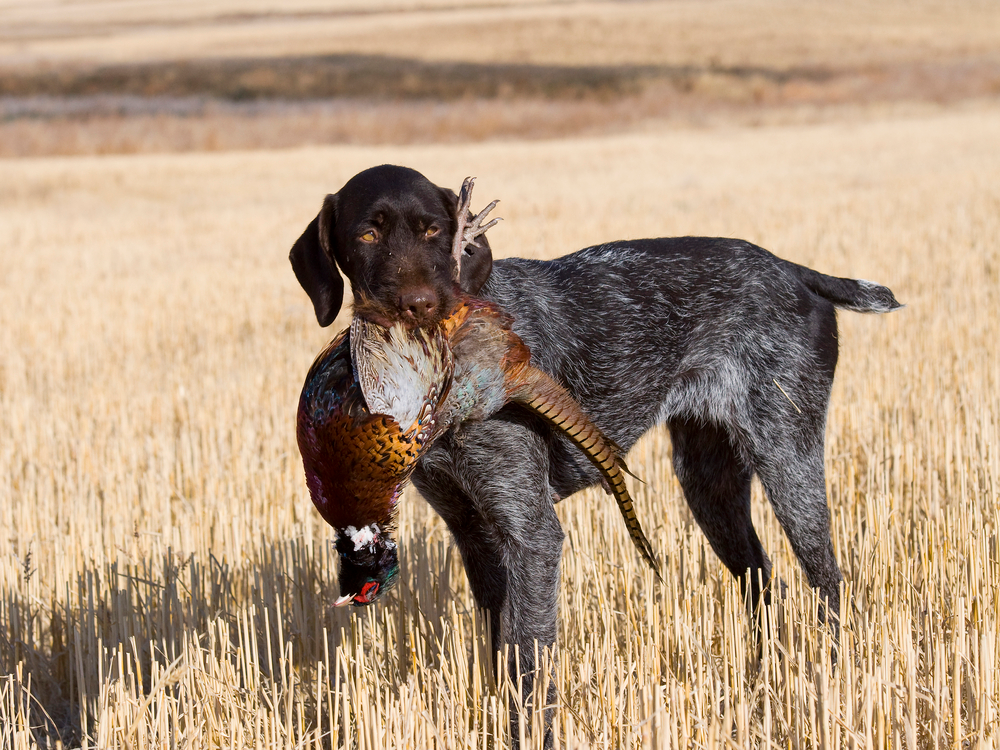
Original Role/Purpose of the Dog Breed
Different dog breeds were originally bred for specific purposes, such as hunting, herding, guarding, or companionship.
This role often impacts their activity level and energy requirements.
For example, hunting breeds like the Labrador Retriever and Pointer need a lot of exercise and mental stimulation to keep them satisfied, while toy breeds like the Chihuahua may be content with shorter walks and play sessions indoors.
Herding breeds like the Border Collie have a high energy level as they were bred to herd sheep all day long and require plenty of exercise and mental stimulation to prevent boredom and destructive behavior.
Understanding the purpose of the breed can help you understand the level of exercise and training that will be needed to keep your dog healthy and happy.
You can filter dogs by their different groups on our dog breed finder page.
Activities the Breed Enjoys
Some breeds, such as Border Collies and Labrador Retrievers, were originally bred for work and enjoy activities like running, swimming, and playing fetch.
This makes them perfect for people who also enjoy these activities.
Other breeds, such as Bulldogs and Pugs, are more laid back and may prefer shorter walks or cuddling on the couch so if you are more of a homebody and prefer watching a film on the weekend then bare this in mind so that you are compatible with your new pup.
It's important to choose a breed that fits your lifestyle and activity level, as well as to provide enough physical and mental stimulation for your furry friend to live a happy and healthy life.
To help you pick use the 'great for' filter on the dog breed finder page and select the parameter that fits your lifestyle best for example 'Great for active owners'
Breeder vs. Rescue
Pros and Cons of Buying from a Breeder:
There are both pros and cons to buying a dog from a breeder.
On the one hand, buying from a reputable breeder can ensure that you get a healthy, well-bred puppy with a predictable temperament and a good chance of fitting in well with your family.
This is because they will know the lineage of the new puppies family and will be able to advise you on what the parents temperaments were like.
Additionally, some breeders will offer ongoing support and advice as your puppy grows and develops.
When i bought my Doberman i got a really good breeder that spoke on the phone with me for probably 3 hours answering all my questions and sending me videos of the dad who was a big softy just like my boy.
My boy does exactly the same thing as the dad and lies on his back sprawled out on the sofa on top of me!
However, buying from a breeder can be more expensive than adopting from a shelter, and there is always a risk of supporting a breeder who engages in unethical practices such as inbreeding or keeping dogs in poor conditions.
Always make sure you are using an ethical breeder who doesn't have a puppy farm and do your research on them beforehand.
Pros and Cons of Adopting from a Rescue:
Adopting a dog has it's own sets of pros and cons compared to buying from a breeder and for 1st time owners is often unfortunately, not recommended unless the rescue has a detailed background of the dog being adopted.
The pros are that you could be saving a perfectly lovely dogs life by adopting it and giving it a home and a lot of dogs are given up through no fault of their own.
However, as they are rescues the rescue centers often dont have as much background information on what the dogs temperament is like, if they get on with children or if they have had any aggressive incidents in the past.
There is always more risk when adopting that you might be getting a dog with behaviourial issues so this is something to bare in mind too.
A good animal shelter should be able to guide you on suitable dog breeds to choose or if a senior dog would be a good match.
Conclusion
In conclusion, choosing the right dog breed for your lifestyle is crucial to ensuring that you and your new furry companion are a great match for years to come.
It is important to consider key factors such as size, activity level, trainability, and purpose of the breed.
Making an informed decision can help prevent potential issues down the line and ensure that both you and your new furry friend are happy and healthy.
To make the process easier, we have developed a dog breed finder app that allows you to quickly and easily filter through different breeds based on your lifestyle and preferences.
You can also read real breed owner reviews to get a better idea of what to expect from a certain breed.
Check out our FREE dog breed selector to find the perfect breed for you!
Side Story: Before we get started as an example of how important it is to pick the right dog breed for your lifestyle here is a quick story of someone I met on a dog walk recently.
I was walking in the park and saw a young man with a young Belgian Malinois female about 9 months old that was going crazy, pulling on the lead, barking at everyone that went past and the owner clearly had no control over his dog.
We started speaking as i wanted to recommend some good online training he could watch to get some basics down. When I asked him why he bought a Belgian Malinois he said that "he wanted a dog and that when he called some breeders the only one who had a puppy left was a Belgian Malinois breeder."
This was literally his only reason for choosing a Belgian Malinois dog breed.
I was shocked and saddened at how irresponsible the breeder is to even sell it to someone who clearly has no experience with dogs let alone one of the highest intensity dog breeds on the planet and also how someone could buy a dog breed whilst doing 0 research about its characteristics or needs.
If anything i just felt so sorry for the baby Belgian Malinois.
With the right owner, it would lead a happy fulfilled life but with that owner, it was destined to either go to a rescue or be put down after biting someone or someone else's pet.
Unfortunately, this came true as when I saw the guy again a few months afterward he said he had to give her away. How tragic.
He didn't realize that the dog needed to be walked 3 hours per day and he had actually left his job to look after her for a bit before finally calling it quits and giving her to a rescue.
This case isn't isolated either. This happens all the time and is the main reason I started this website so that hopefully people can be a bit better informed before getting a dog and reducing the number of dogs that go to rescue shelters each year.
Anyways, rant over! Let's dive in!

